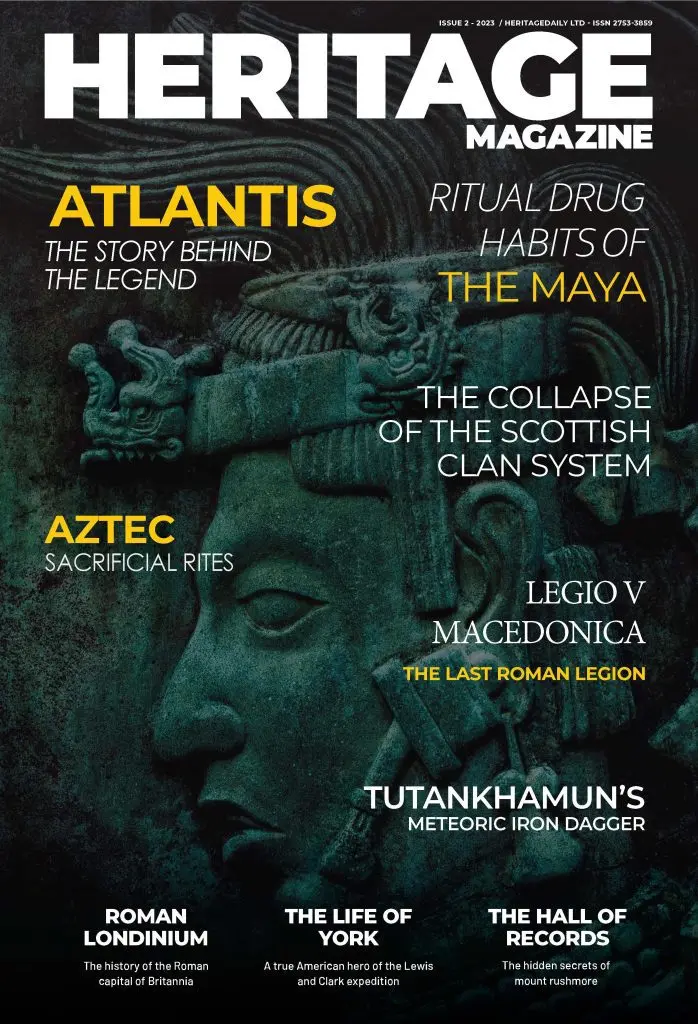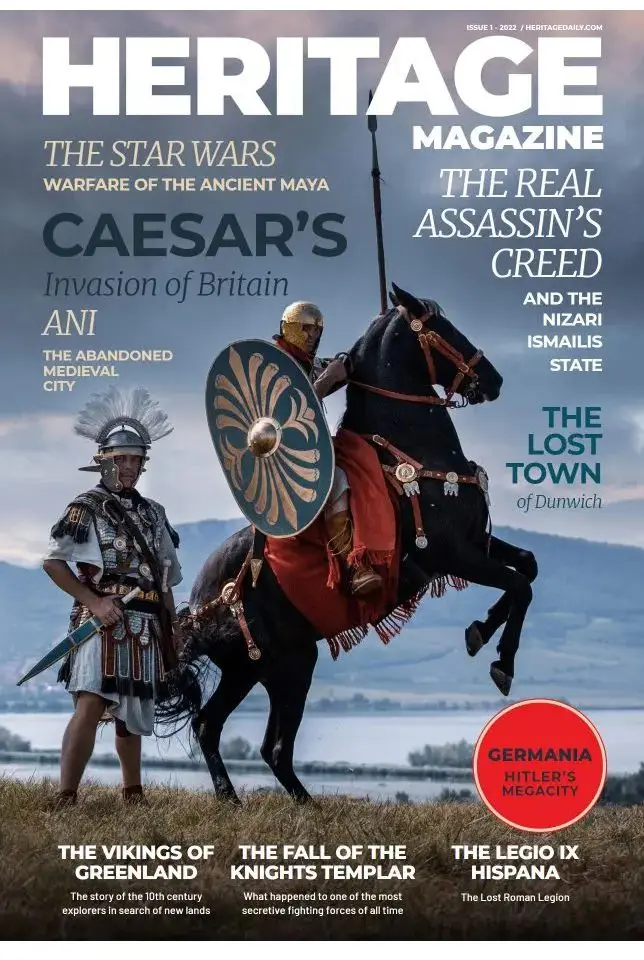The Pool of Siloam, refers to a number of rock-cut pools on the southern slope of the Wadi Hilweh, located outside the walls of the Old City of Jerusalem at the southern end of the City of David.
The Pool of Siloam was built during the reign of Hezekiah (715 – 687/6 BC), the 13th king of Judah according to the Hebrew Bible. Water was fed by the Gihon Spring, carried by the Siloam Tunnel, also known as Hezekiah’s Tunnel, which supplied the city inhabitants with a steady supply of drinking water, especially during times of siege.
The pools were reconstructed during the Second Temple period (516 BCE – AD 70) and likely functioned as a ‘mikveh’, a ritual bath, for the thousands of pilgrims who converged at the Pool of Siloam before ascending via the City of David to the Temple.
It is during this time that the Gospel of John describes how “Jesus sent a man blind from birth to the pool in order to complete his healing.”
Over the years, many traditions have been grown up around the Pool of Siloam, and since the end of the 19th century, it has been a focus of archaeological expeditions from around the world.
In the 1890s, a group of British-American archaeologists led by F.J. Bliss and A.C. Dickey uncovered some of the steps of the pool, and in the 1960s, the British archaeologist Kathleen Kenyon excavated the site.
Archaeologists during excavation works for a sewer in 2004 rediscovered stone steps from the Second Temple period, also confirming that the pool was 225 ft (69 m) wide, and that steps existed on at least three sides of the pool.
The Israel Antiquities Authority have announced that a new project will be undertaken to expose the entirely of the Pool of Siloam. At the first stage, visitors will be able to observe the archaeological excavations, and in the coming months, the Pool of Siloam will be accessible, as part of the tourist route that will begin at the southernmost point of the City of David and culminate at the Western Wall.
Mayor of Jerusalem, Moshe Lion, said: “The Pool of Siloam in the City of David National Park in Jerusalem is a site of historic, national, and international significance. After many years of expectation, we will soon begin uncovering this important site and make it accessible to the millions of visitors and tourists who visit Jerusalem every year.”
Plans for the excavation is not without controversy. According to the Times of Israel, Protestors argue that “the excavations are part of a campaign to expand right-wing Jewish control over politically sensitive parts of East Jerusalem currently inhabited by Palestinians.”
Header Image – Remains of the pool of Siloam at the end of Hezekiah’s tunnel – Image Credit : Shutterstock







